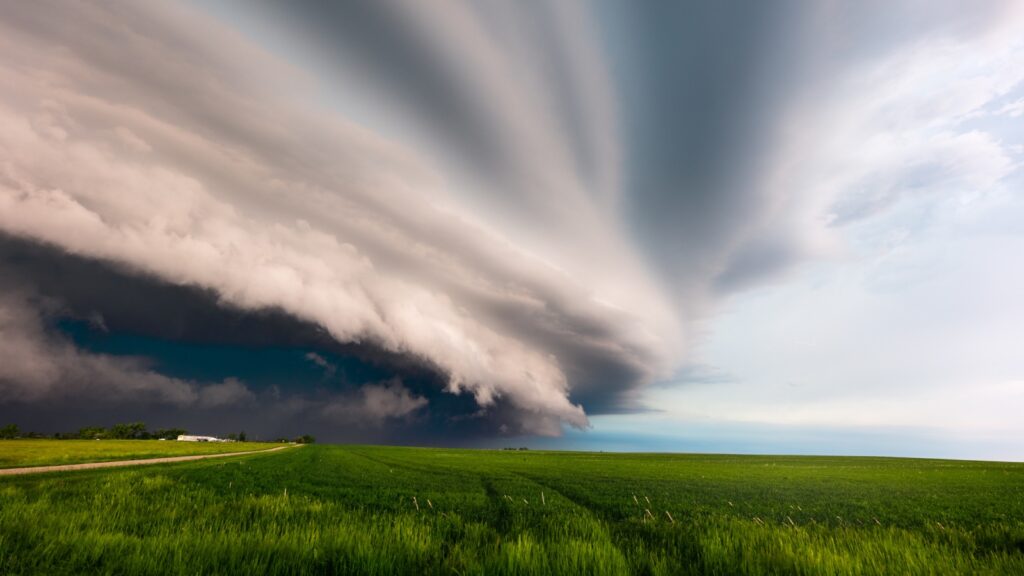It only rains 25 days a year in Dubai (on average) and almost all of that rain comes in the Winter. In order to combat the lack of rain clouds in the sky, the UAE has spent millions on a Cloud Seeding program and they recently released a video showing how Cloud Seeding works.
Cloud Seeding is the process of dropping foreign substances into clouds, often silver iodide, potassium iodide, or dry ice, to form rain clouds.
This approach to creating rain clouds in the atmosphere has actually been around since 1946 when the first experiment was conducted by General Electric’s Vincent Schaefer when he dropped 6 pounds of dry ice into clouds in the Adirondack Mountains in upstate New York.
Flash forward 78 years, and 8+ states in the USA have Cloud Seeding programs in place and the UAE is spending millions to create rain in the desert. Here’s what their current program looks like:
As a ‘Shorts’ video, that omits a lot of the moving parts from modern Cloud Seeding programs. This video from Global News takes a deeper dive into the moving parts of Cloud Seeding and the crucial role it will play in the years ahead as electric aircraft becomes more prevalent and capable:
Is Cloud Seeding Beneficial?
At the crux of all this is the idea that creating rain clouds in areas that suffer from extreme drought is beneficial to the region by bringing more water to the ground. But how exactly is that proven?
As pointed out in that S.A. article above, in order to prove that it is beneficial scientists first need to prove the rain wouldn’t have happened without the Cloud Seeding. Using modern weather instruments (radar, etc.), meteorologists can predict with a great degree of certainty if the rain would have happened.
Due to years of extreme drought in the Western United States, a lot of research here in the US has been done on manufacturing rain. Recently, it has been a mitigation tool in the West to combat extreme drought and according to S.A., these programs produce 5% to 15% more snowfall in regions where Cloud Seeding has taken place.
Critics are quick to point out that dispersing chemicals in the atmosphere may have unintended consequences. There isn’t enough data on the impact this has on flora and fauna, on the trees and wildlife in regions where these programs are taking place.
This is actually a great thing for everyone on earth because it means future studies will continue. As long as funds are devoted to ensuring safer science and learning more about the impacts of Cloud Seeding and ways to refine the process, everyone benefits.
The post A Look At The UAE’s $20 Million ‘Cloud Seeding’ Project And How It Works appeared first on BroBible.

